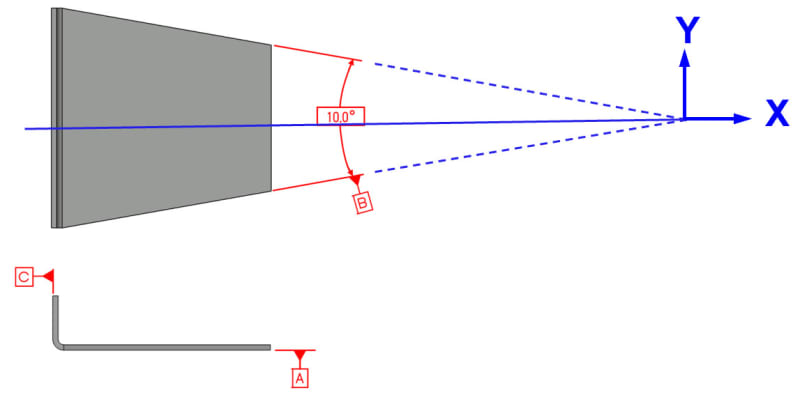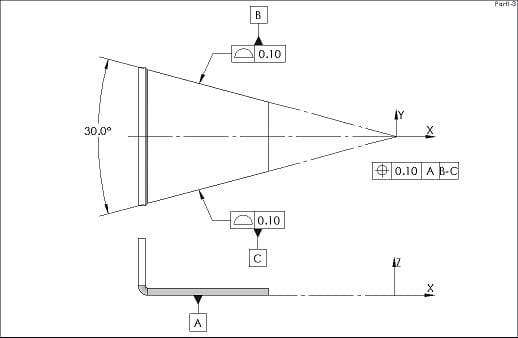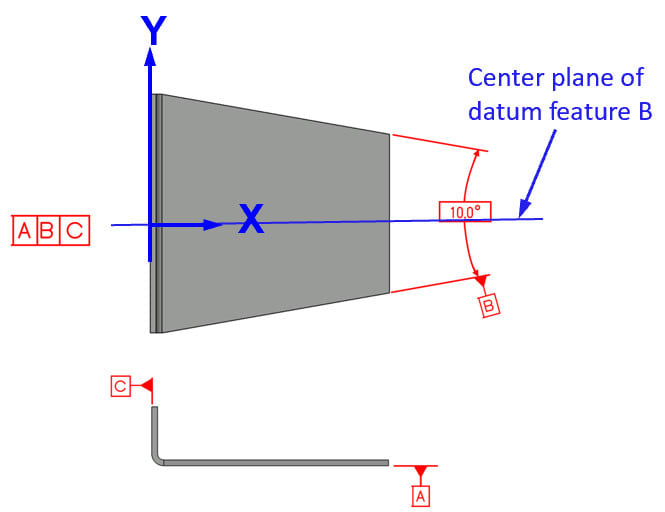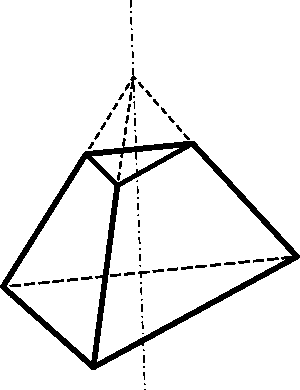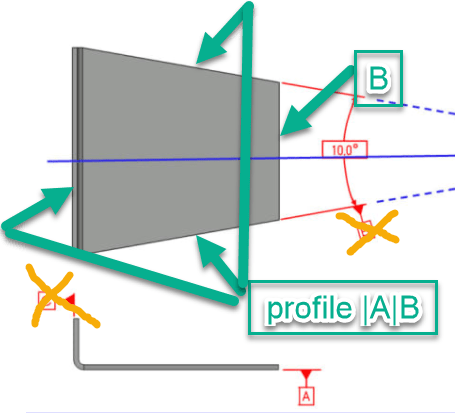Referring to the attached picture,
1-Is it allowed to define such a DRF in the ASME standard?
2-If it is, how should we materialize datum B for inspection?
Thank you!
1-Is it allowed to define such a DRF in the ASME standard?
2-If it is, how should we materialize datum B for inspection?
Thank you!

